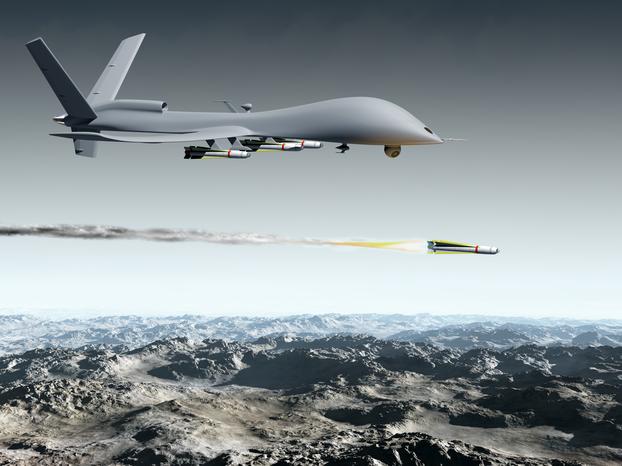AI that advances little by little toward the battlefield: development of autonomous military aircraft is also in full swing
One of the most critical concerns about artificial intelligence (AI) is its autonomy on the battlefield.
A variety of AI development manufacturers are currently developing unmanned pilot systems that can operate independently for military applications such as surveillance, reconnaissance, and target acquisition, without any particular interruptions. In addition, the manufacturers involved in the development of such problematic systems are also trying to incorporate AI technology. This combination is attracting huge amounts of investment capital.
One example is Shield AI, a start-up company based in San Diego, California, USA. The company raised US$210 million in equity financing in a recent investment round. The company claims that its enterprise value has reached a scale of US$ 1 billion. We plan to invest the newly acquired funds in realizing AI functions for automatic piloting of military aircraft. there is
Shield AI acquired Martin UAV, based in Texas, USA, in July 2021 to implement this strategy. This brings together Shield AI's AI/autonomous software stack, Hivemind, and Martin AI's vertical take-off and landing unmanned aerial vehicle, V-BAT.

Northrop Grumman, the largest military company, announced on September 1, 2021 as part of the US Army program that the V - Performed flight test of BAT. The flight test demonstrated navigation and aiming features while autopiloting without GPS support.
The U.S. military's top priority is to realize a function that allows combat operations to be carried out even when subjected to various interference such as GPS jamming.
The V-BAT is designed to carry interchangeable payloads such as electronic warfare aircraft, electro-optical/infrared sensors, synthetic aperture radar sensors, etc. Shield AI and Martin UAV plan to port the Hivemind's autonomous capabilities to the V-BAT, adding functionality to allow it to operate without GPS navigation. Such automated reconnaissance sensors will eventually be used by the U.S. military's Brigade Combat Team (BCT), Special Forces and Ranger battalions.
The sensor drone can be launched and recovered with two operations. For now, details like when and where the U.S. military will deploy such autonomous systems are unclear, but recent flight tests suggest that the AI-based autonomous platform will, first of all, take on a reconnaissance role. It is clear that they are steadily advancing toward the battlefield.
In response to the full-scale shift to autonomous drones, pressure groups in the drone industry argued that "the current regulations for civilian use were formulated for existing manual drones". ing. And members of the nonprofit AUVSI (Association for Unmanned Vehicle Systems) said, "Reliable autonomy will enable new operational and regulatory approaches." claim.
AUVSI will continue to request the Federal Aviation Administration (FAA) to allow greater autonomy for unmanned pilot systems used in various industrial applications such as military, security and public safety. and
[Translation: Rumi Tanaka, Editing: EE Times Japan]
